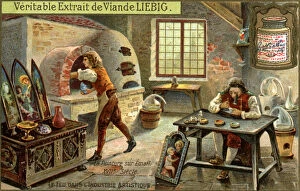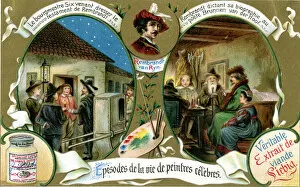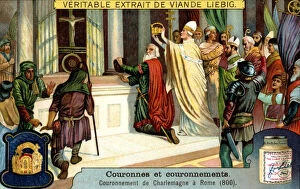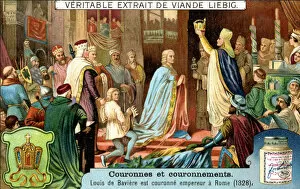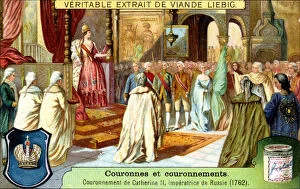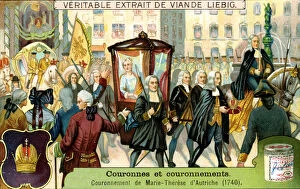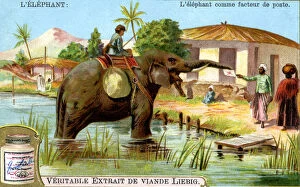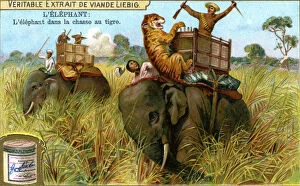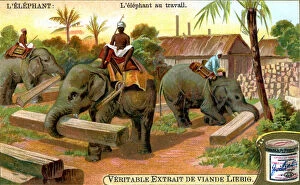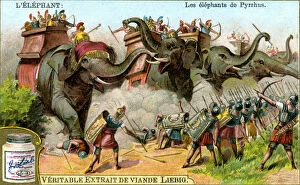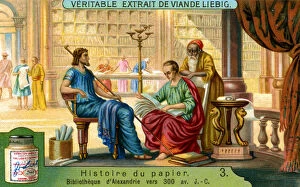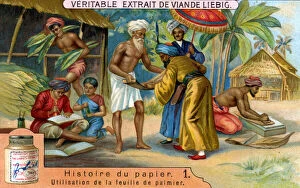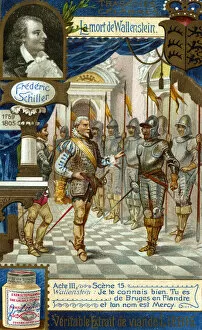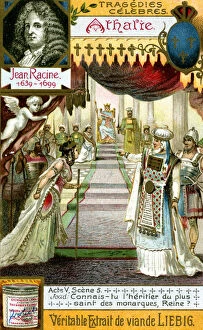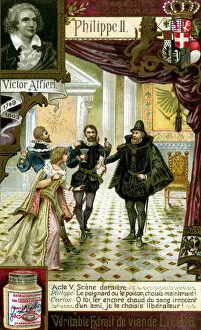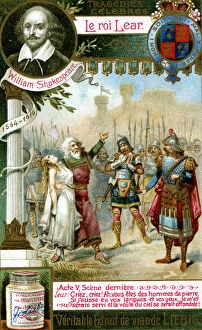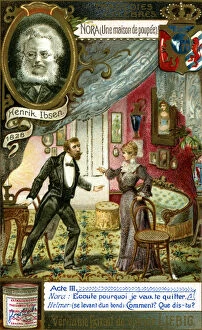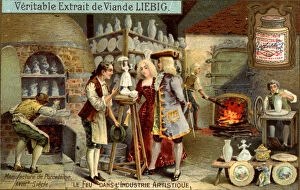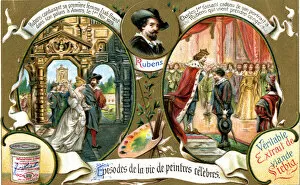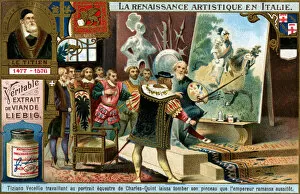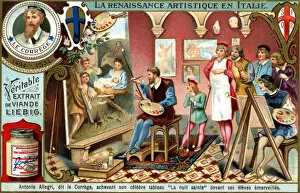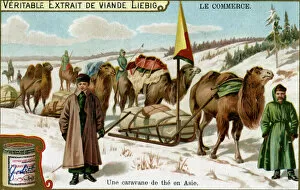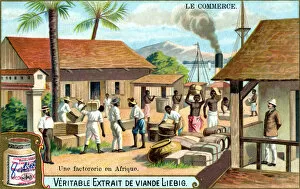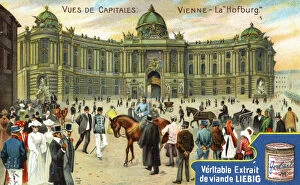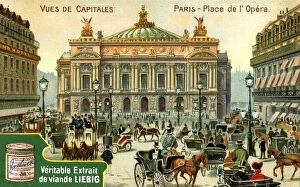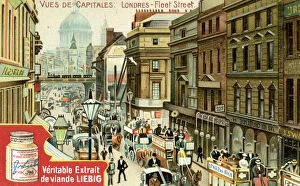Tinned Food Collection (#2)
"Tinned Food
For sale as Licensed Images
Choose your image, Select your licence and Download the media
"Tinned Food: A Journey Through Time and Necessity" From the grandeur of Napoleon I crowning himself King of Italy in 1805 to the historic moment of Victoria being crowned Queen of England in 1837, it has witnessed significant events. As time progressed, it became an essential part of people's lives. In Leamington, children at Sydenham Middle School built up a store cupboard filled with tins, showcasing their resourcefulness and preparedness for any situation. This display was reminiscent of the home-canned food exhibited during World War II between 1941 and 1945. The unknown creator captured the importance placed on preserving sustenance during challenging times. Photographs from Pie Town, New Mexico in 1940 show Jim Norris' wife surrounded by canned goods. Russell Lee's lens immortalized her dedication to ensuring her family's well-being through these preserved treasures. Similarly, Mr. J. Benjamin, a store owner in Washington D. C. , stocked his shelves with tinned provisions during this period when rationing was prevalent. The grocery store frequented by Mrs. Ella Watson also played a crucial role in providing essential supplies to the community during those trying years. Gordon Parks skillfully documented this bustling hub where people relied on tinned food as a lifeline. Even before these tumultuous times, young mothers like the twenty-two-year-old woman photographed by Dorothea Lange understood that having canned goods meant security for their families amidst economic hardships. As we delve further into history, Nicolas Appert emerges as one of the pioneers who revolutionized food preservation techniques leading to modern-day canning practices—an engraving capturing his contribution serves as testament to his ingenuity. Not only did cans serve practical purposes; they were also used creatively for advertising purposes such as H. B Kennerly & Son Inc. 's oyster can from 1935-1950—a reminder that even packaging can tell a story.

